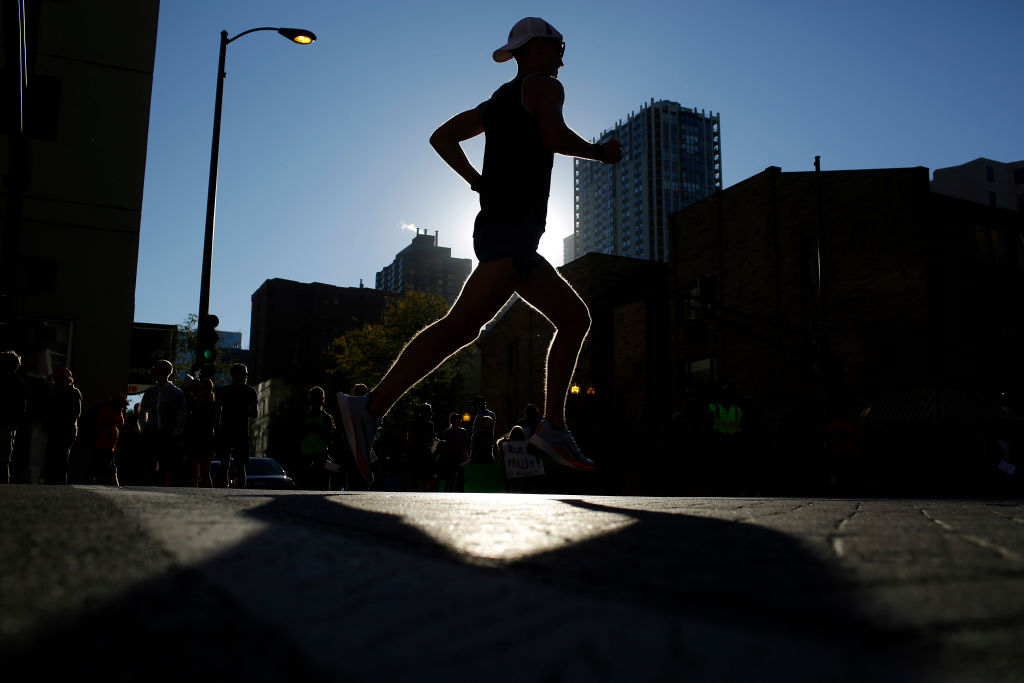Mathematical Model Helps Runners Achieve Peak Performance

Imagine if understanding how best to do your job was as easy as inputting a few numbers into an equation that would then spit out results detailing your ideal strategy. A pair of French researchers have developed such an equation for runners and are hoping to apply their model in software designed for athletes and coaches.
One of the researchers is Amandine Aftalion, who has an interesting piece up at the Huffington Post right now about the mathematics of athletic optimization. Aftalion, who is a research director for the French National Centre for Scientific Research (CNRS), explains that modeling running in the form of equations can predict the optimal strategy needed to run a race in the shortest amount of time.
Aftalion’s model was first introduced in a paper she co-authored last year. She explains how it works in the Huffington Post piece:
“Our model takes into account physiological parameters such as maximal oxygen uptake and total available anaerobic energy and involves several differential equations coupling the unknown variables of the runner: velocity, propulsion force, and anaerobic energy, which the body uses when in oxygen deficit. The equations rely on two basic principles of physics: energy is preserved, and acceleration (or velocity variations) is equal to the sum of all the forces. This second principle is also called the fundamental principle of dynamics.”
Aftalion is now on the lookout for software developers to help her take the next step with the equation. (In fact, the final paragraph of her HuffPost piece is a fairly bold-faced sales pitch.) She stresses that her model could prove to be incredibly valuable to distance runners and coaches. Plus, with a little extra support, she could even adapt it to work for cyclists, rowers, and other competitors in endurance sports. No doubt, if the match checks out, there’s going to be high demand for her work.
Read more at The Huffington Post
Photo credit: Warren Goldswain / Shutterstock





